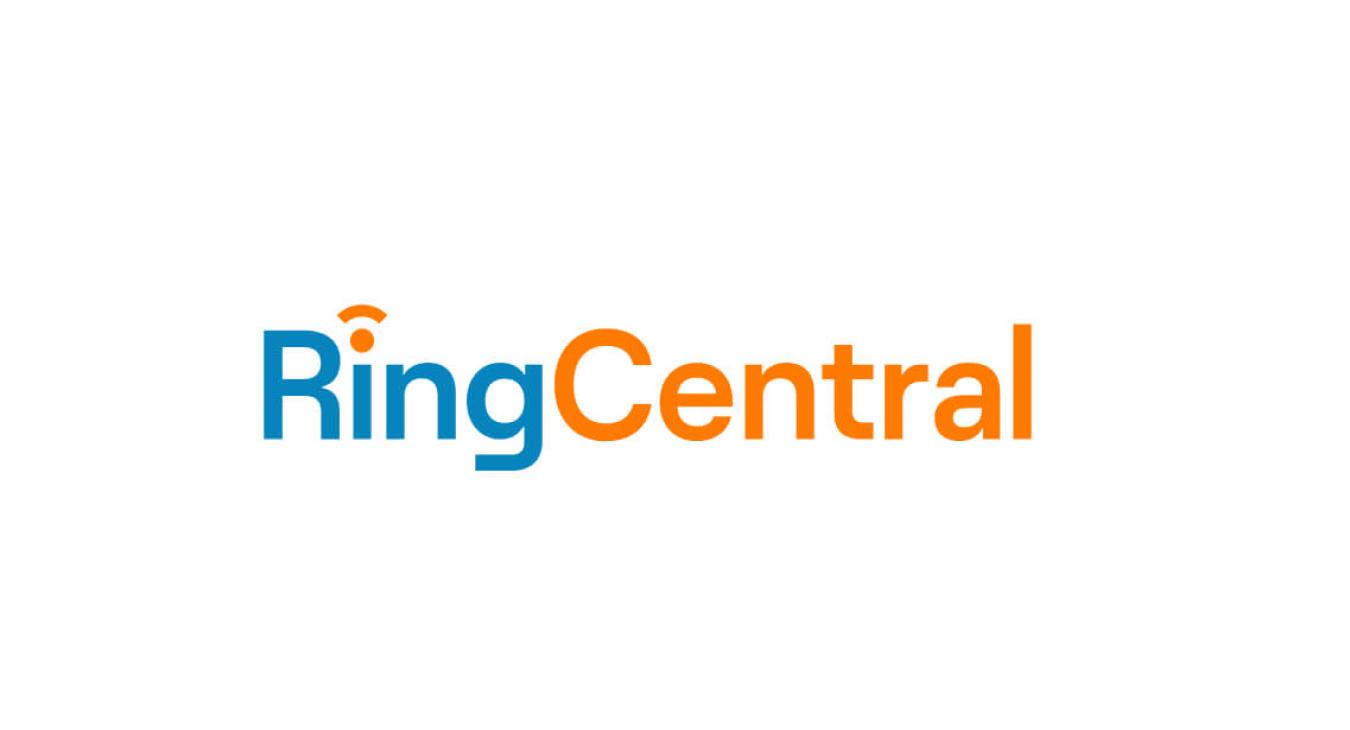RingCentral is a great solution for many businesses and non-profits. The cloud-based VoIP business phone system is cost effective, easy to use and brings enterprise-class functionality to companies of all sizes.
But, is it reliable?
It turns out that call quality and reliability depend mostly on the quality of your internet connection and the configuration of your router. To ensure you get the best experience with RingCentral, be sure to follow these 3 steps.
- Test your internet connection
Before placing an order with RingCentral or any other VoIP provider, ensure you have a quality internet connection.Testing your connection is simple.Use the below tools:
- http://www.ringcentral.com/support/capacity.html(link is external) - this test will help you determine the maximum number of calls you can make at the same time.
- As a rule of thumb, if you are sharing the internet connection with computers and other network devices divide the number in half. For example, if the test returns “Your connection can support 20 simultaneous calls”, plan on not having more than 10 calls at the same time.
- http://www.speedtest.net/(link is external) - this is a similar test as the one above.
- http://www.ringcentral.com/support/qos.html(link is external) - this test will help you determine the quality of your internet connection. It’s possible to have fast internet – that is not reliable (meaning data packets are dropped). If this is the case, you will have choppy sound and calls may get dropped.
- Make sure the quality of your internet is above the “Radio Quality” indicator on the chart.
- Jitter is a measure of the variability of delay (or latency) in your line. The lower the Jitter the better. Good Jitter level is below 3ms. Less than 1ms is ideal.
- Packet loss is a measure of loss of data over the internet connection. If significant packet loss occurs, there will be poor and choppy voice quality. Acceptable packet loss is usually under 1%. Ideally packet loss should be less than .2%.
- http://www.pingtest.net/(link is external) - this is a similar test as the one above.
If any of the test above do not perform satisfactorily, it’s best not to rush into purchasing a VoIP system. Run the tests a few times, at different times during the day. Talk with your ISP and determine what can be done to improve either the speed or the quality of your line.
- Configure your router
High-end consumer and most business-class routers work well with RingCentral.Most low and mid-level consumer routers won’t work well.Make sure your router is not listed in the “Not Recommended” list here: http://www.ringcentral.com/support/qos-router.html(link is external)
- Be sure you have a high quality QoS capable router. QoS stands for Quality of Service. It allows certain types of data traveling over the network (i.e. voice data) to have priority over other types of data (i.e. web browsing). This ensures reliable VoIP even while computers and network devices share the same network as the phones.
- Configure Port Forwarding or Port Triggering. Port Forwarding allows for your VoIP phone to be accessible on the internet directly. Port Triggering is similar to Port Forwarding except that it defines an outgoing port that triggers the opening of an incoming port on the router that is forwarded to the initiating device.
- The port number ranges for the RingCentral are
- UDP 5060-5090
- UDP 8000-8200
- UDP 16384-16482
- Configure QoS with Priority High
- Some routers combine Port Triggering with QoS settings
- For specific instructions for your router see
http://www.ringcentral.com/support/images/router-recommendation_v06.pdf(link is external)
Or
http://www.ringcentral.com/support/qos-router.html(link is external)
- Configure your phone
Many network environments have special DNS settings that may interfere with your phones ability to work efficiently.For example, some networks require all devices to first perform a name search on a server first, before searching outside name servers.Furthermore, it makes it easier to manage and maintain phones when they have static IPs.
- Check your phones documentation on setting a static IP, gateway and DNS for your phones. Use the DNS provided by your Internet Service Provider. Use your router as gateway.
- Be sure to research the assigned IPs on the router so they are not assigned twice. Check your routers documentation for setting IP reservations.
Contact us if you have any questions or need help setting up RingCentral to your satisfaction.

